He was an important player in Henry's taking of the throne at Bosworth in 1485 and the defense of it a year later, he was at the head of the forces against the Cornish Rebellion at Blackheath in 1497.
Under Henry's reign Oxford was involved in the Warbeck and Tyrell affairs, and with country stable, he died in his seventies at Hedingham Castle, one of the few men to die of ill health and not on the Wars of the Roses battlefields.
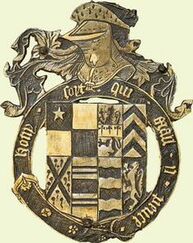
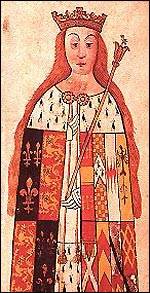
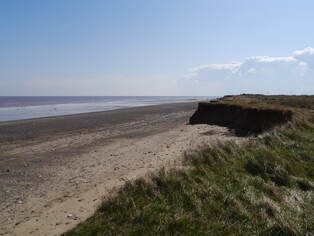
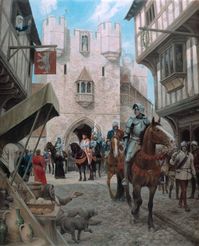
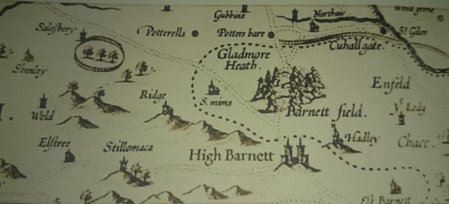
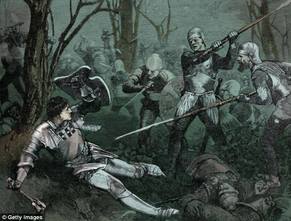
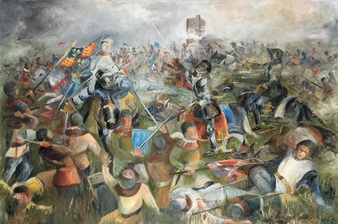
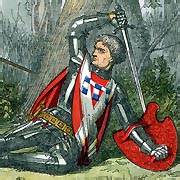
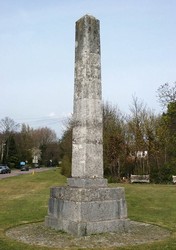
 RSS Feed
RSS Feed
